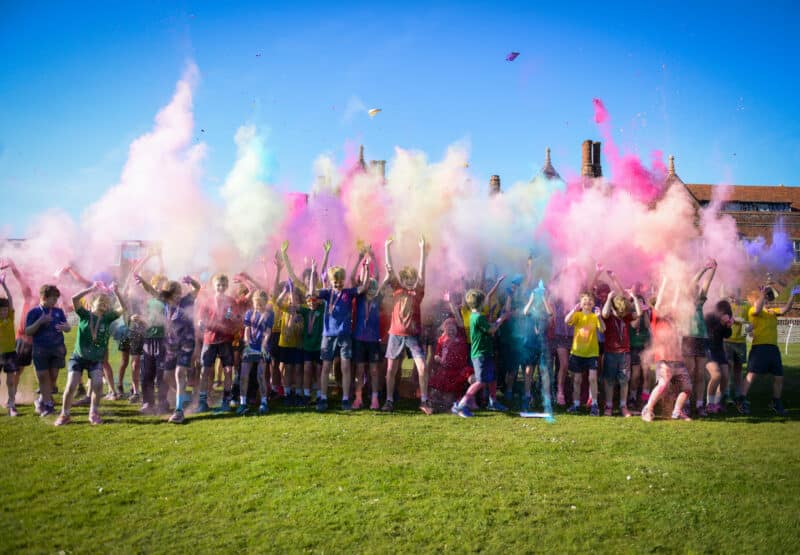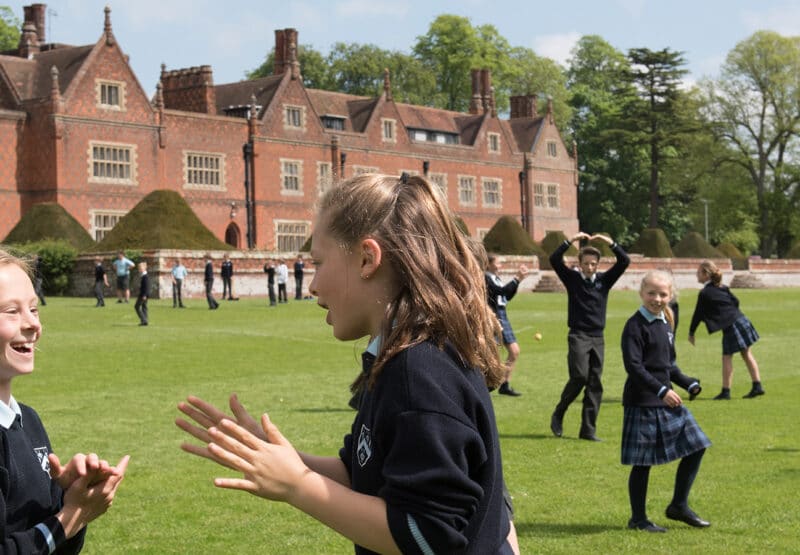Framlingham College commemorated its Founders’ Day Service this week in front of the Prince Albert Memorial Statue. With the entire College outside, on a crisp April morning and facing the wonderful buildings, the students honoured those brave and generous benefactors who made the foundation of the College possible. The Head of College René Bahar gave a brief history of the College and all Heads of Houses honoured those who had played a part in the foundation of the College. Georgie Gardens honoured those who made the purchase of Brandeston Hall possible. The College Chaplain, Rev Brynn Bayman, unpacked the College Motto: ‘Studio Sapentia Cresit’ and celebrated the value of Wisdom over Knowledge and Intelligence.
The following brief history of the College is adapted from the book: ‘On an Eminence’, written by Robinson and Cooke.
‘There was a long-term need for better education in Suffolk, and the death of the Prince Consort, ‘Albert the Good’, in 1861 was taken as the opportunity to do something about this. The College was to be the Suffolk memorial to Prince Albert, which was appropriate as he had once visited Suffolk and had expressed his concern about the lack of educational establishments in agricultural counties. Consequently, when it was founded, the College was known as the Albert Memorial College. “Studio Sapientia Crescit” (Through Zeal Wisdom Grows) was chosen as the school motto and the original armorial bearings of the school were: “Sable and a chevron between three crowns”. The boys [wore] a black School cap, with the arms in gold”.
The land on which the College was to be built was originally part of the castle estate, left by Sir Robert Hitcham in 1636 to Pembroke Hall, Cambridge, and a charter was granted by Queen Victoria in 1864. The architect was Frederick Peck. His design is an interesting example of Victorian mock-Gothic and acts as an engaging contrast with the genuine mediaeval castle across the mere.
The College opened to pupils in April 1865 and was soon close to its maximum 300 boarders, all in the one main building, with the Headmaster living in its west end, where Staff Common Room is today.’







